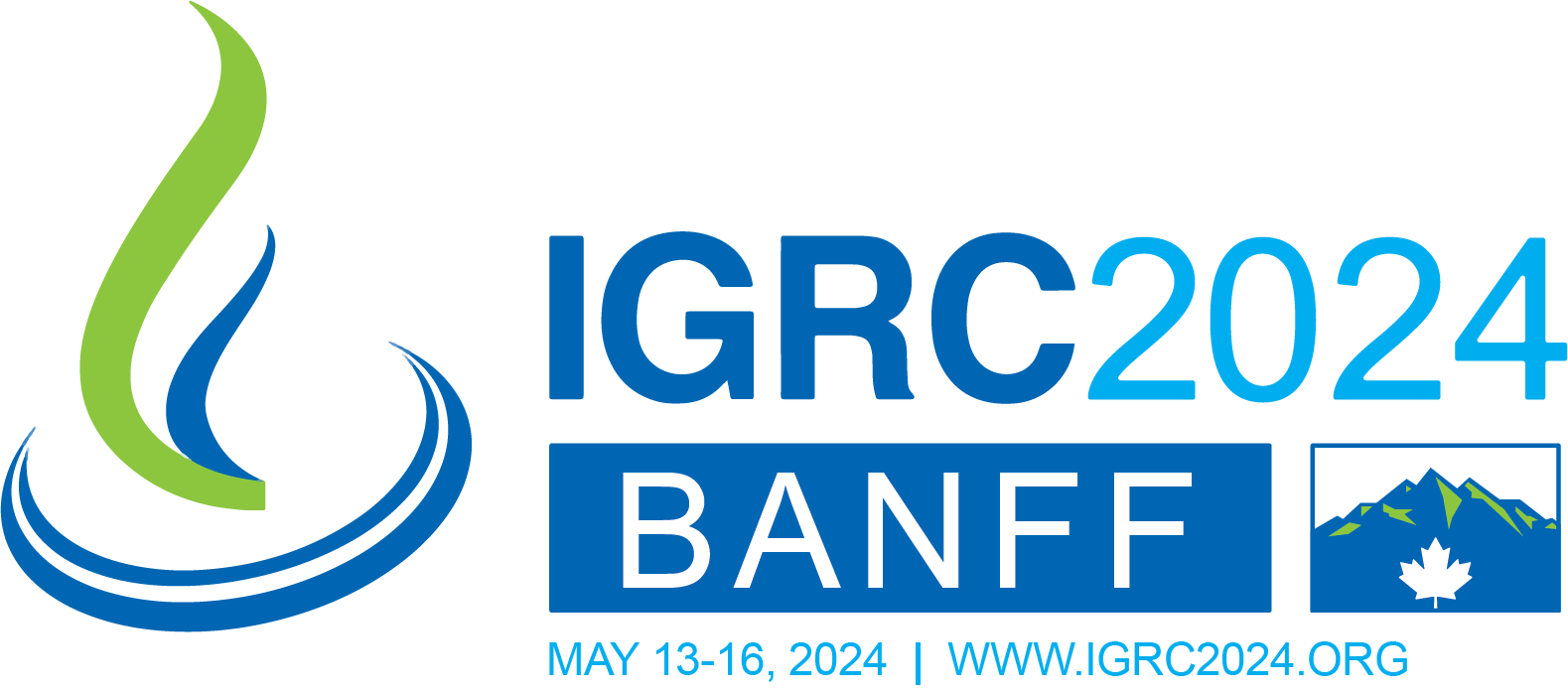Kinitics’ valve actuator brings potential for significant emissions reductions
Faced with increasingly stringent emissions rules to address climate change, it’s no surprise the natural gas industry is looking for reliable and economic alternatives to gas-powered pneumatic controllers at well sites.
Vancouver-based Kinitics Automation Limited believes that its electric valve actuator based on shape memory alloys and a patented bundled wire technology fits the bill. The company plans a commercial release of the KVA38 in the next two or three months. 
“It was very much sci-fi spacey stuff when it was discovered in the 1950s; it is metal that morphs,” Dean Pick, Kinitics president and founder, tells Gas Pathways. It has a minimum of two shapes, with the straight wire a common one that it can transform between.
“We do big things with this material,” he says. “We’ve basically been able to take this fundamental property and scale it up to industrial level applications.” Kinitics’ zero-emissions actuator consists of several parallel wires (Kinitics Bundled Wire) that are trained to contract when heated by an electric current. That compresses the spring inside which lifts and opens the valve. The device has only one moving part and it connects to the valve, says Pick. “I think that simplicity is really attractive to producers because of things like reliability and maintenance.”
Another “big thumbs up” is the spring with which operators are familiar because it is used in pneumatic actuators to keep the valve closed. “Just like we are using the material shape memory alloy to lift it off, they were using the gas to lift it off.”
NGIF Capital (NGIF) approached Kinitics in 2019, curious as to whether its small and lightweight clutch actuator for motorcycles could be redesigned to attach to an actuator at a well site.
“I guess there was some recognition in the industry that they needed to change and there were solutions in front of them [electric motorised screws and compressed air] that weren’t fantastic,” Pick says.
Funding from NGIF under its Industry Grants program and a contribution from Emissions Reduction Alberta helped support the development of the Kinitics actuator. “We got some great work done at the University of Calgary which tested our device,” he says.
NGIF Cleantech Ventures has since made an equity investment in Kinitics. Pick praises NGIF’s grants programme, which not only provided funding but an opportunity to test the product in the field – often a difficult hurdle for new technologies to overcome. “We saw companies like Tourmaline step up to say they would like to trial so we got a first user.”
Another advantage was that producers told Kinitics upfront what they needed: spring closure and an affordable product certified for hazardous environments. “For a start-up company, I can’t tell you just how important it is to hear that, because then we can take those requirements and do our job,” says Pick. “We love to execute. That’s something we do well.”
Kinitics came back with an actuator that is 76 centimetres tall and weighs 25 kilograms. It has a simple attachment bracket and is designed to be easy to install. The average installation time is two hours for mechanical and electrical hook-ups. “What we like about our solution here is that the valve itself doesn’t change,” says Pick. “They [operators] don’t have to replace the valve; they just have to take off the stuff on the top and replace it with the Kinitics valve actuator.”
The company also has been able to demonstrate that when the power goes out, the actuator closes the valve, which is a “huge safety plus,” he says.
Onsite power is required though, and that can be a challenge at remote well sites. (The units on the Tourmaline site are powered with solar panels and batteries for a truly net-zero configuration).
In Alberta, gas producers switching from methane pneumatics also could qualify for a carbon credit of up to $18,000 per device under the TIER (Technology Innovation and Emissions Reduction) program, says Pick. “Our devices cost less than that, providing producers with a payback.”
Kinitics has three devices at a Tourmaline site, including a backpressure control device that was installed in November 2022 and had 3,400 hours in operation as of May 2023. Two smaller actuators installed early this year also have had good uptime. Alternatives to traditional gas-actuated pneumatics will play a major role in eliminating the millions of tonnes of methane that are vented annually from well sites, says Pick.
“It’s a big problem but it’s hidden, so it’s easy to forget or ignore because you only see the piece of equipment and it’s a small piece of equipment that vents on average two tonnes a year of methane,” he says. “But you start adding up the number of devices – there’s a quarter million of these devices in Alberta – and then you look at North America, there are millions of these devices. So we’re talking about now, millions of tonnes of methane.”
This article is brought to you by the International Gas Research Conference (IGRC2024) taking place from May 13-16, 2024 in Banff, Alberta, Canada. Gas innovations from a global perspective will underpin IGRC2024.Call for Papers is now open! Join in the dialogue that will shape the future of natural gas and gaseous energy industry. Submit your paper abstract and learn more about the topics today inhttps://igrc2024.org/call-for-papers.





